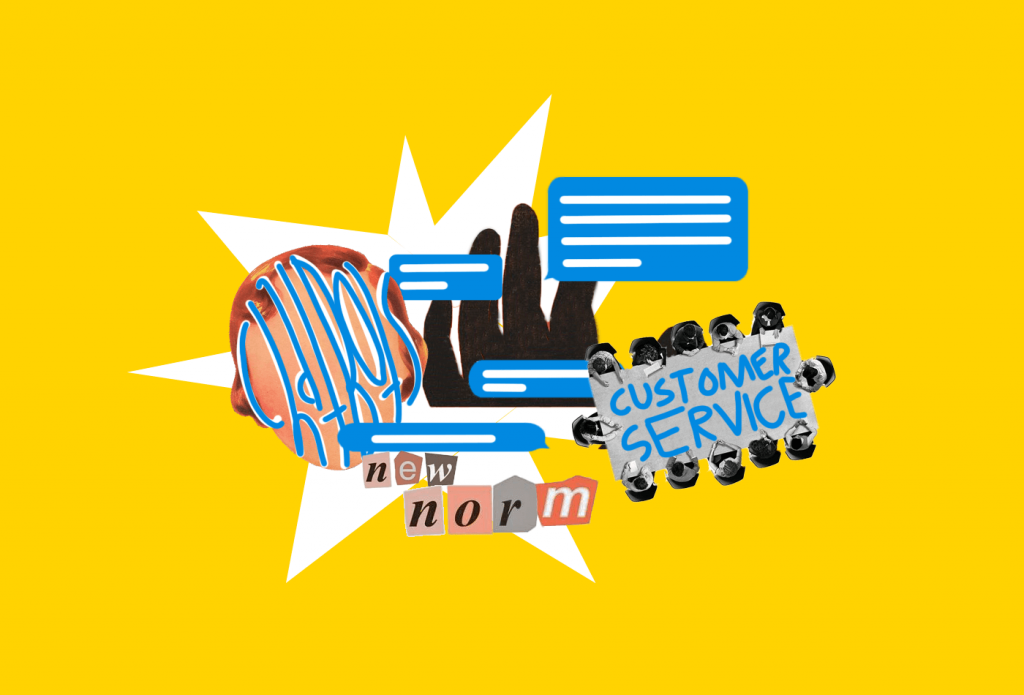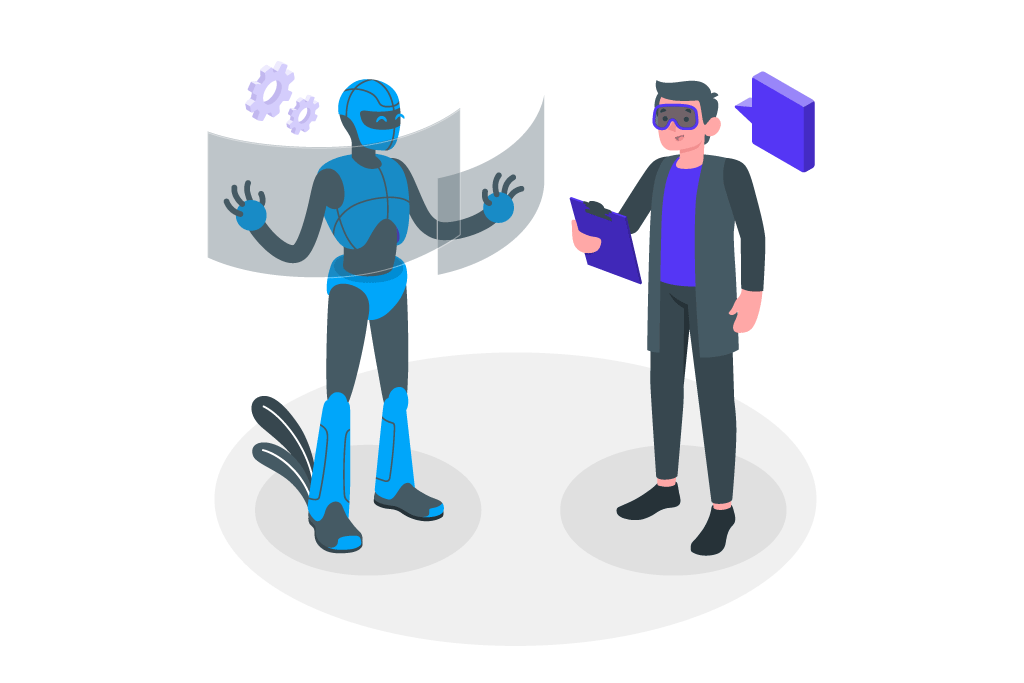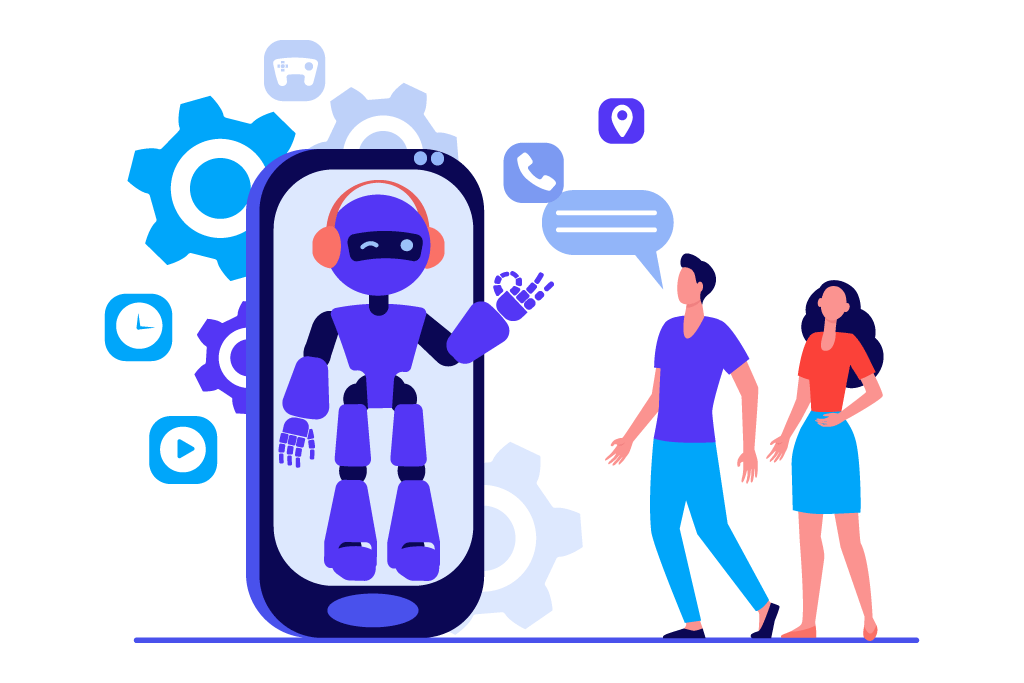To protect the globe, AI technology is here, leaving us giddy with joy and worrying us at the very same time. AI is still largely unclear, though and finding out precisely how it could work in the field of architecture is more like trying to find out how many such angels will perform on a pin’s back.
Across many fields, AI has been an over-hyped buzzword and the field of architecture is no different. Designers and engineers are in active debates about the potential effects of AI, artificial learning, big data, and how our work will change.
So what does design add to the picture? With AI, new partnerships between client and product would need to be formed. These experiences will be only the beginning of the current business-consumer dialogue about what augmented reality can and must be capable of doing with goods and services. Designers can provide creativity with the requisite empathic background, which is how a company is.
HOW AI WOULD BE HELPFUL IN DESIGNING?
- OPTIMIZATION OF DESIGNS
AI is supposed to be around optimization and pace most of all. Thanks to the improved speed and reliability it provides, designers operating with AI will build projects more easily and cheaply. The strength of AI lies in the speed at which large volumes of data can be processed and design changes can be proposed.
Based on the info, a designer will then cherry-pick and authorize changes. It is possible to build the most successful prototypes for testing expeditiously, and several sample models may be A/B reviewed with customers.
- SPEEDY DESIGN PROTOTYPING
With an AI designing tool where simple drawings are inspected, a few criteria are inserted and a catalog of existing UI components springs to life to create a prototype compatible with an organizational design framework, quick design prototyping could be performed.
Airbnb is already on it, utilizing machine learning and software vision-enabled AI, producing concept modules with production-developed code from hand-drawn prototype sketches.
- MANAGE WORKING ON GRAPHICS WITH MULTIPLE LANGUAGES
Designers often face repetitive day-to-day activities like product translation and multilingual development of the same graphics. In order to convert the customization of artwork and conversion of screen banners into many languages, Netflix is now using artificial intelligence technologies.

Source: Nutella Unica packaging
The master version is “read” by the machine, and the customised and localised graphics are quickly created. All an artist has to do is review, accept or deny the visuals and manually change them, a huge time-saver if appropriate.
- BUILD 3D AND VR WORLDS QUICKLY
AI could assist designers to create 3D VR environments even easier by digging at the dynamic, difficult realms of VR, AR, including MR, which all entail a significant amount of design work.
An intelligent AI system may produce a set of design options to submit to the developer, who then picks the best design as per his/her choice, once a simple design is defined and a few criteria presented.
- SHAPE THE BRAND IMAGE
AI creates the logo of a company in addition to creating the profile of web pages. Technological tools such as Tailor Brands will capture data in moments from across the internet to design personalized logos, needing nothing from the customer but the title of their organization and a simple overview of their business or corporation.
In this way, for young entrepreneurs with limited budgets and slight or no design expertise, AI has built brand design more available.
WHAT WOULD BE THE FUTURE OF GRAPHIC DESIGNERS?
Some people fear that AI will ultimately overtake human designers entirely with the sophisticated programming capacities of artificial intelligence. However the fact is that AI can play a more dynamic and complex design role. Artificial intelligence systems can promote human designers’ research while being a platform for graphic designers, and not a substitute.
Give a thought: standard robots do not entirely replace jobs, but instead simplify simple activities and help staff perform more effectively. The same can be achieved by artificial intelligence systems, automating repetitive processes and also making original recommendations while also having a human creator to supervise the procedure and make the most critical decisions.
Thus although AI will not substitute designers, it will eliminate something else: conventional business practices. The manner people guide, control, and make choices is altered by AI.
This involves using industry data in the field of design to generate educated conclusions about which projects perform well for business. In various industries, AI frameworks will evaluate which colours, patterns, typography and other visuals work well. That way human developers may use artificial intelligence software to make design decisions based on actual, hard data instead of emerging with a design based on minimal analysis and imagination.
CONCLUSION
Designers don’t need to panic. AI and robotics, at least wouldn’t be in the shorter term, and won’t overtake us. Augmented knowledge can offer a series of fascinating possibilities rather than being a threat.
It is not likely to occur by magic to exploit these design possibilities, but by designers co-creating with AI while our imagination lies in the sights of architecture, technology, engineering and construction. Technology made it smarter and quicker in the past. AI is going to make us wiser.




